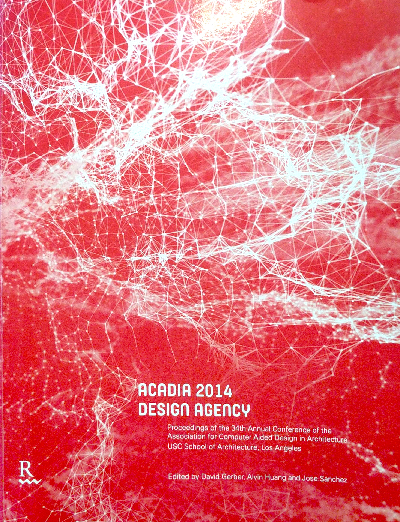Drawn, Together - ACADIA 2020
Machine-Augmented Sketching in the Design Studio
Kyle Steinfeld
This paper documents the approach taken by and the work produced in an undergraduate research studio conducted at UC Berkeley in the Spring of 2020. Here, a series of small design projects examine the applicability of machine-augmented sketching tools to early-stage architectural design.







